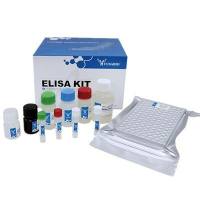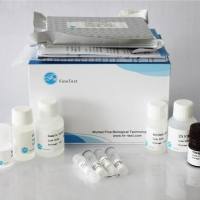Olfactory receptors (ORs) are expressed at the cell surfaces of olfactory sensory neurons lining the olfactory epithelium
and are the first actors for the perception and recognition of odorants.
The olfactory system is mostly activated by ORs and odorants in the cAMP pathway. To date, few human ORs have been deorphanized,
mainly because the difficulties encountered in expressing ORs at the cell surface. It has been shown that ORs are able to
induce intracellular calcium elevation. Two independent tests, Ca-imaging and CRE-Luciferase assays, have been used in the
deorphanization of human ORs and in the analysis of their responses to chemical compounds.
The outcomes of the two techniques typically used for deorphanization have some similarities and differences. The difference
in results by CRE-luciferase and Ca-imaging method could reflect technical artifacts such as stimulation or transfection time.
There are two main differences in the settings for the two tests: (1) the requested time for odorant exposure and observed
response. In the case of Ca-imaging, the increase in fluorescence is recorded between 15 and 30 s, whereas in the cAMP the
luminescences are recorded 4–6 h. (2) The time schedule for transfection. Ca-imaging is done 48–72 h after transfection but
in cAMP assay it will be done after 24 h. These differences in the setting parameters of the two tests are not the only reasons
for variations in results. In vivo analysis has shown that ORs exposed to different odorants can elicit a response via cAMP
or IP3 pathway or both.
Our investigations have led us to believe that using the two methods complementarily will benefit OR deorphanization.






